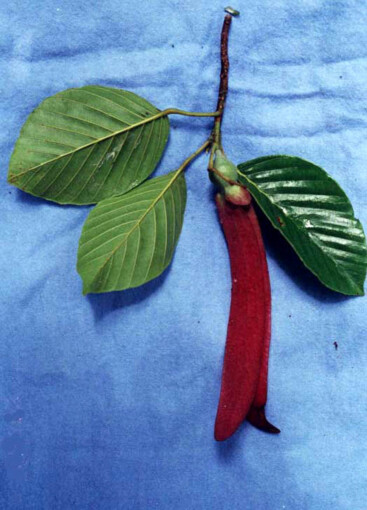
Keruing (Dipterocarpus spp) has high economic value for its timber. The oleoresin has been much used for vernish for interior design whilst in industry for medicinal purposes. The high demand of oleoresin has threatened the presence of wild trees in the forest. This is exarcerbated by the low ability of the people to know the type of the tree.
“Extinction can be prevented if we plant the trees in a big scale,” said Dwi Tyaningsih Adriyanti in her open doctoral promotion at the auditorium of Faculty of Forestry UGM on Tuesday (16/8).
According to Dwi Tyaningsih, big scale planting is feasible if the material supply is adequate and has good quality. “The trees can be obtained easily if we know the sown seed,” she said.
Despite deforestation, in Dwi’s view, the planting of keruing is urgent. She submitted her research on taxonomy study by having three samples from 38 species of Dipterocarpus and 3 species of Anisoptera that are spread in Sumatera, Kalimantan, and Java.
She described in Sumatera there are 5 species of Dipterocarpus and 2 of Anisoptera. In Kalimantan there are 41 species, and in Java there are 7 species of Dipterocarpus and 3 species of Anisoptera. Identification and grouping prove that the position in Dipterocarpus is clear and worthy for recommendation to get revision of classification of Dipterocarpus Family. According to Whitmore et. al (1990), in Indonesia Dipterocarpaceae family has 253 species that are derived from Anisoptera genus (8 species), Cotylelobium (3 species), Dipterocarpus (40 species), Dryobalanops (6 species), Hopea (48 species), Parashorea (7 species), Shorea (105 species), Upuna (1 species), and Vatica (35 species).


